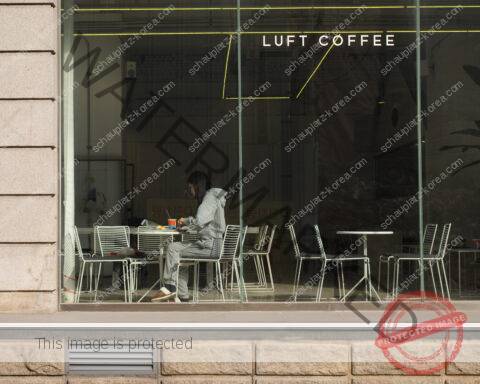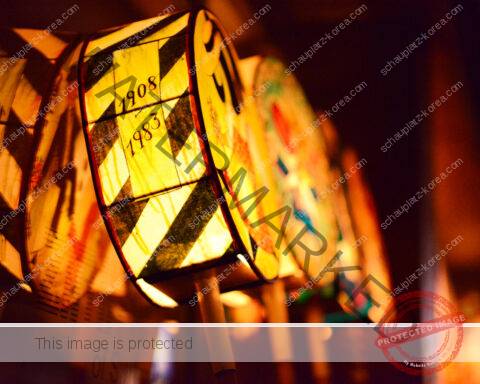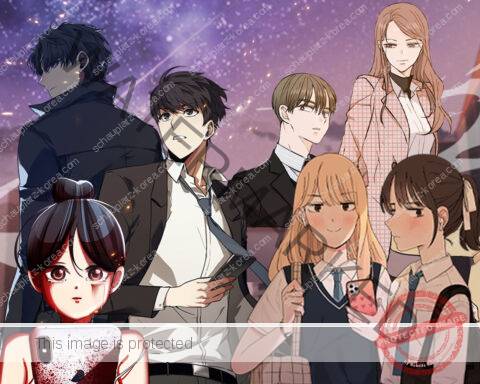This year’s Basel Carnival, an important intangible UNESCO cultural heritage of my hometown of Basel, which takes place each February or March, has been a thing of the past for a few weeks now. So I was all the more curious when I recently came across an article about the well-known lantern artist Young-ill Jeon 전영일의. Lanterns, which are used during the Basel Carnival, are also something special in Korea. You often see them in one of the many Buddhist temples, at events at the Lotus Lantern Festival. I had always been interested in how these lanterns are made, what techniques are used here in Korea, and if there might even be similarities with the lanterns of the Basel Fasnacht. I really wanted to meet and get to know this artist. A colleague helped me to arrange an appointment for an interview.
Yesterday was the day. I jumped in my car and drove to Kwangtanmyeon. The village is located near Paju, is very rural, and is about an hour’s drive northwest of Seoul. Arrived in Kwangtanmyeon I was then despite my Korean Navitagionsapp NAVER map initially quite perplexed. There were only a few houses and buildings in this green landscape occupied by cherry blossom trees. Asking a person for directions was pointless here, as – compared to Seoul – this area was deserted. I reached for my iPhone and called Young-ill Jeon. But the very short phone conversation got me nowhere. “No englischi” it sounded from the other side. Unfortunately, Young-ill Jeon only speaks Korean. I then got back into my car and started looking for the artist’s house. After a quarter of an hour, I finally found it. In a small industrial quarter, in front of large, gray halls Young-ill Jeon and two artists of his team welcomed me warmly. The long-awaited interview could begin.

How does one become a lantern artist?
It wasn’t planned that way from the beginning. I studied art at the famous Hongik University in Seoul. During my studies, I often participated in political demonstrations. Unfortunately, this had a negative impact on my job search. Despite a very good degree from a top university, I had great difficulty finding a job. One day a friend told me about an exciting project. A Buddhist temple was looking for artists to work on the construction of lanterns and their craftsmanship. I applied and this is how I found my way to lantern making.
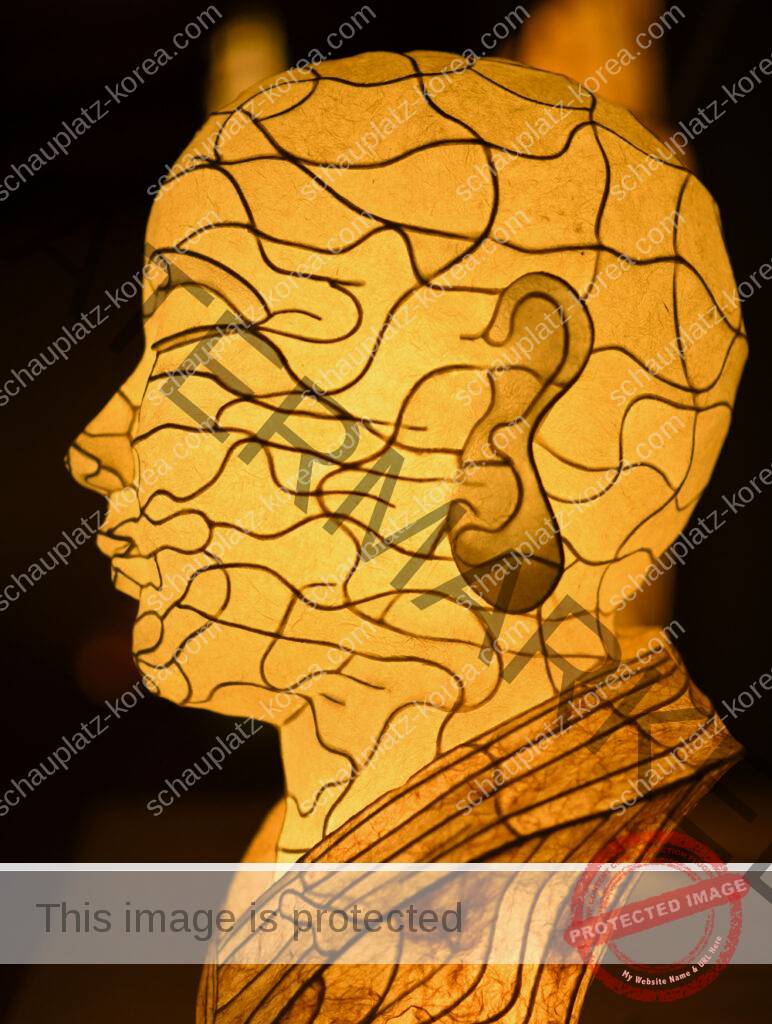
How did you learn this craft?
I already learned some basic skills in the craft at university. However, I had to teach myself a lot of things. The art of lantern-making plays an important role in Korean culture. However, when it comes to the acceptance of this cultural asset, things look rather bleak in my opinion. I often find that Korean society treats its own culture badly. This is also due to the fact that many Koreans are unfortunately only interested in a foreign culture. For example, many also think that a tradition is to recreate old things and then exhibit them in museums.
Did this have an influence on your development into a lantern artist?
Absolutely. Traditions have to be passed down from generation to generation. And there are many gaps. The social aspect certainly plays its part. But there are also historical gaps, which can be traced back to the times of Japanese colonization during the Korean War. In my opinion, this has a great impact on the continuation of important Korean cultural crafts.
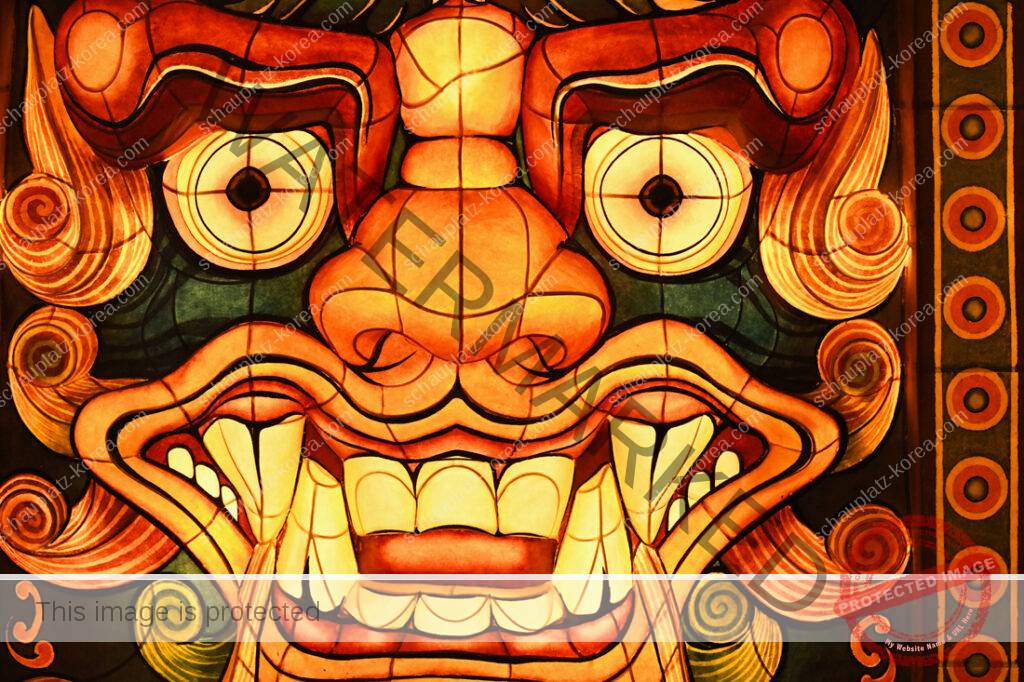
How is a lantern made?
I usually receive a commission from an organization or private individual. We then discuss the symbolism, type, and size of the lantern. Then I make a sketch and discuss it with the client. I usually have a free hand in designing the details.
Speaking of the material used for the construction of lanterns, there is actually no fixed rule. In the past, bamboo was used for the basic framework. But since there is less and less bamboo and it has consequently become more expensive, metal is often used today. For the outer shell of the lantern, one uses transparent materials such as silk, textiles, plastic, or paper. I personally prefer the traditional Korean Hanji paper, which I process myself. It is of high quality and therefore also very valuable and expensive. Nowadays, LED lights are used as illuminants. I also attach great importance to environmentally friendly materials.
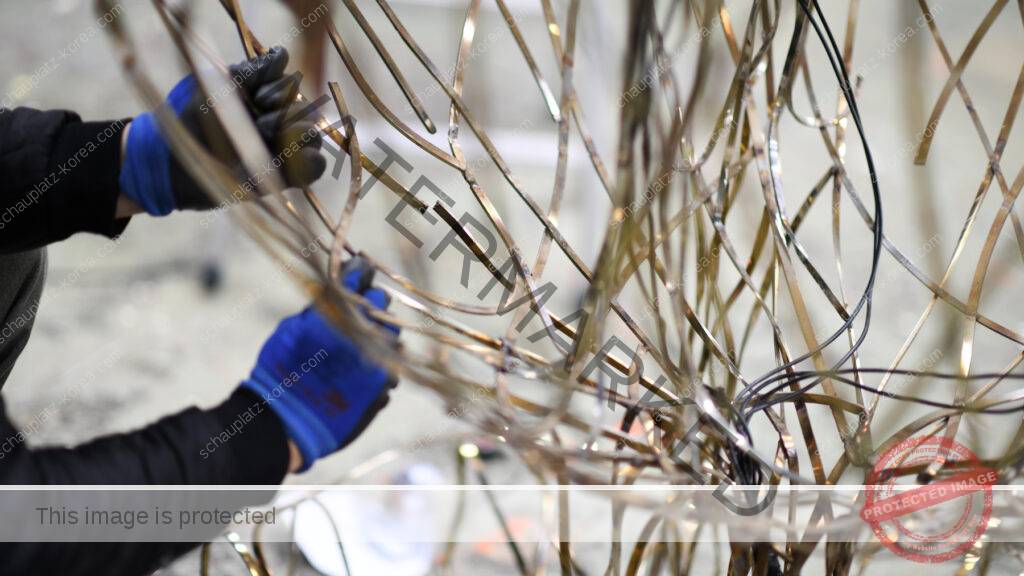
There are many different types of lanterns such as dragons, flowers, and Buddhist temples. What do these lanterns symbolize?
At first glance, many lanterns have a connection with Buddhism. However, as we know from the past, many of these symbols did not have a religious character. Rather, they were used to represent the normal life of citizens. For example, a tortoise symbolizes a long life, and the crane represents elegance. The Korean dragon is a symbol of wisdom and justice.
What meaning does light have for you as a lantern artist?
Light has its own meaning depending on the culture. In Western regions, the term light is very often associated with the sun. However, in Asia, when we talk about light, we mean moonlight. While sunlight has a glaring and numbing effect on us, moonlight, which is a reflection of sunlight, glows softly and naturally and thus awakens a pleasant feeling.
How much time do you need to build a lantern?
That depends on the size of the lantern. For a smaller lantern, I need a few days to a few weeks. But if it’s a larger lantern, we’re talking about up to six months. But then I usually build them with a team of about 5 people.

Then I assume that these lanterns have their price?
The craft of the lantern maker is a kind of sculpture and is accepted as art today. Smaller lanterns today quickly cost USD 10,000 to 20,000, and for the large lanterns and works of art, we are in the USD 100,000 to 200,000 range.
How many lanterns have you made in your career as a lantern artist?
Laughs – I haven’t counted them. But there are quite a few…
What do you do with the lanterns when the Lotus Lantern Festival is over?
After the festival, the lanterns are stored in halls and temples until the next use. During this time, the lanterns are maintained and repaired if necessary. Therefore, to avoid moisture damage, it is essential to cool down and dehumidify the storage halls.
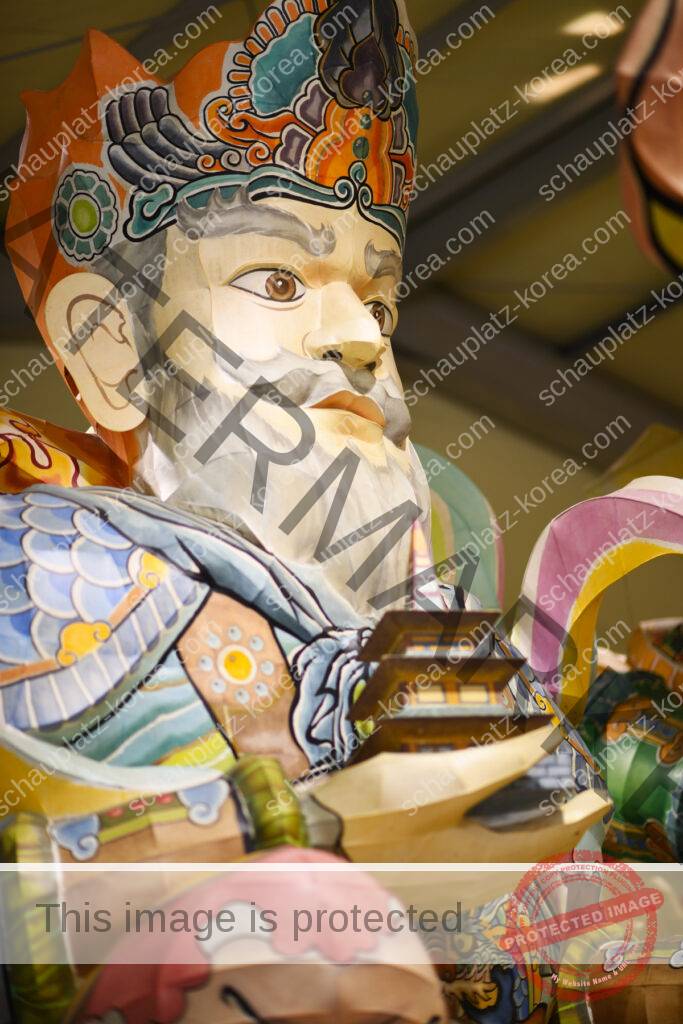
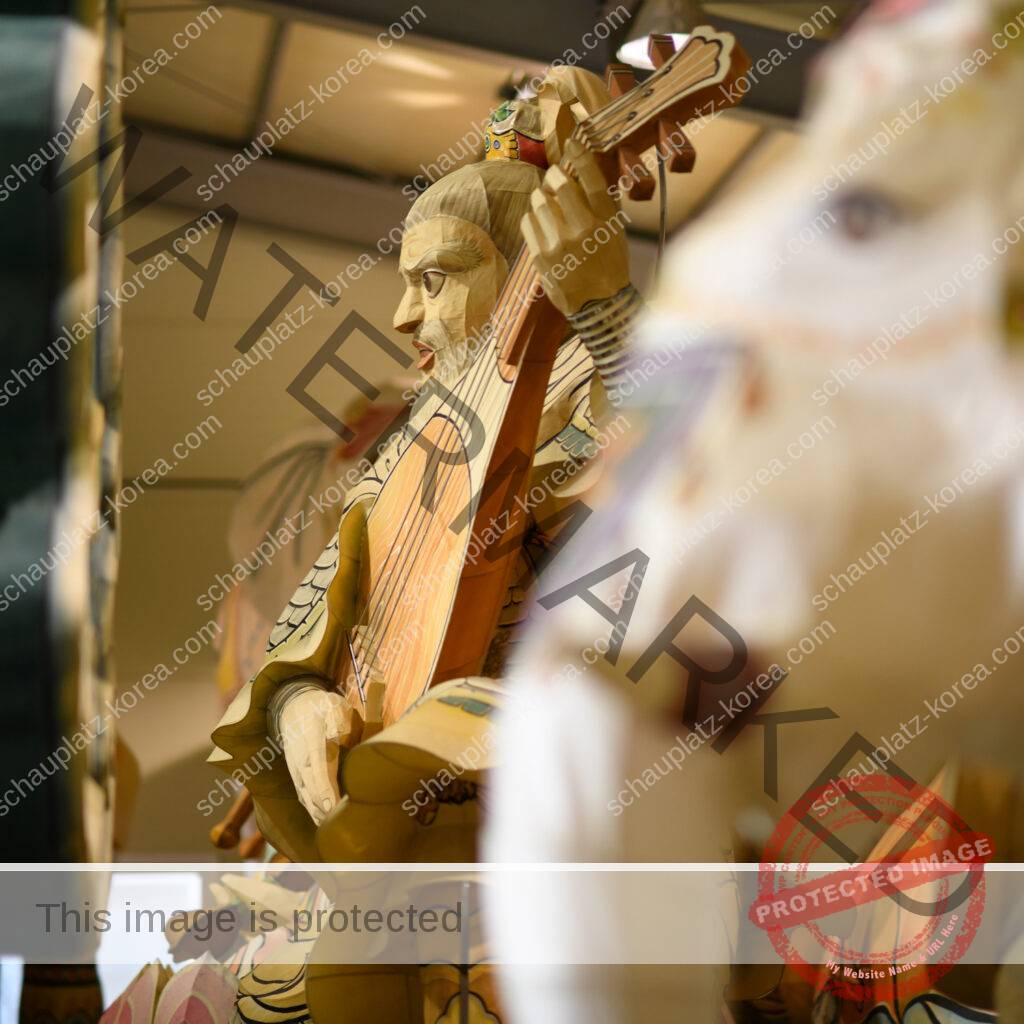
Have you passed on the craft of lantern making to children?
Right. I used to teach school children how to make lanterns. But the interest and demand for lantern making have decreased greatly over time. Young people today have other interests. Therefore, it is, unfortunately, becoming more and more difficult to pass on this traditional craft to a new generation.
Where can you admire your lanterns?
At the moment, you can only see them at my studio in Kwangtanmyeon. However, a separate exhibition is being planned. Many of my lanterns can also be admired at the Lotus Lantern Festival, which will be held in Seoul on April 30, 2022. In addition, the Lantern Festival Association always organizes exhibitions where you can admire the lanterns.
For me, this interview was again an enriching encounter with foreign cultures and interesting personalities. Today I learned a lot about the Korean craft of lantern making and its history. When I compare the “Basel” lanterns with the Korean ones, I realize that the materials and the purpose are essentially different. Moreover, the lantern craft in Korea is a thousand-year-old tradition. But the lanterns have one thing in common. With their warm light, they illuminate the night and thus inspire thousands of people.
And so, after a five-hour stay in the Paju region, I make my way back home to Seoul. This time without a navigation system.


